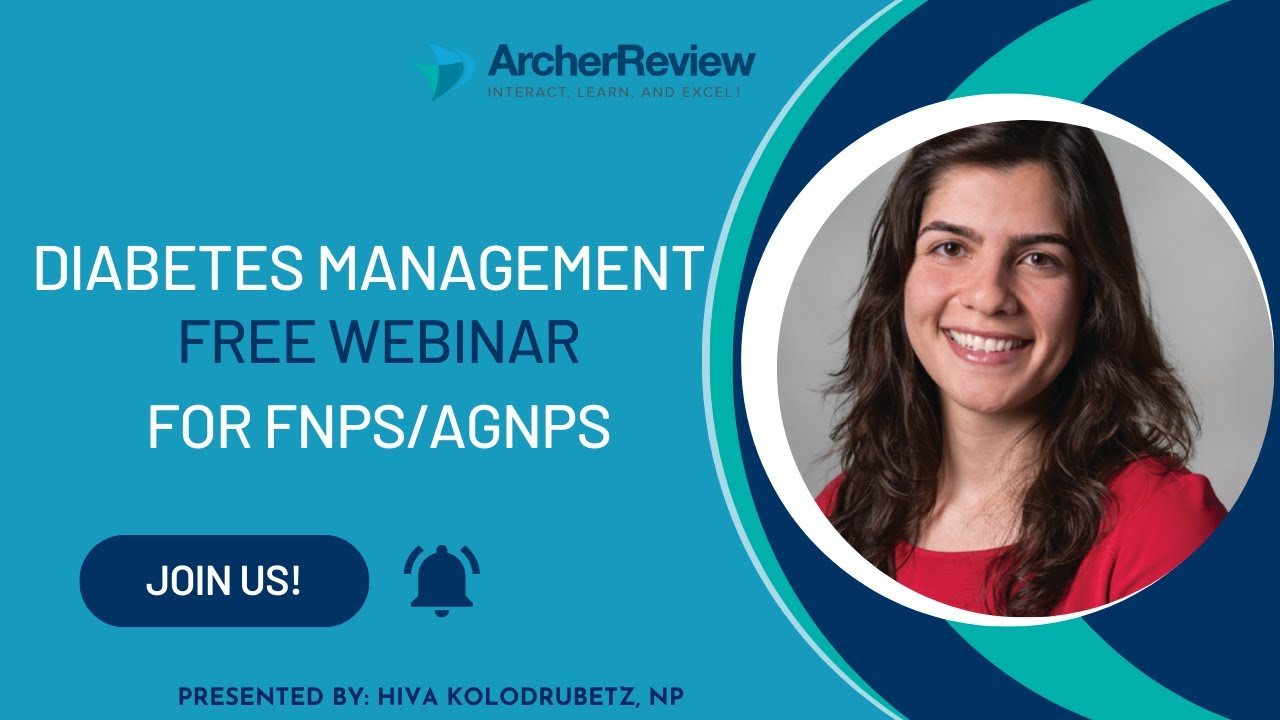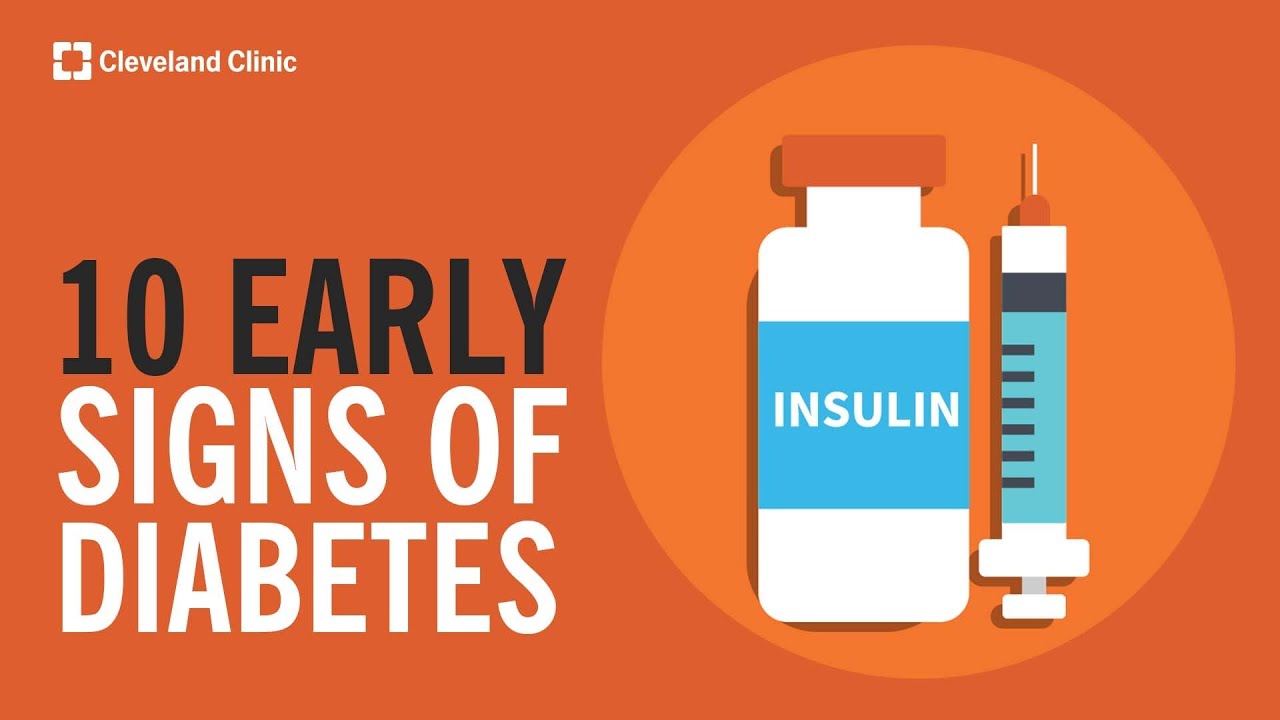Treating depression in low-income diabetics improves glycemic control
Reuters Health • The Doctor's Channel Daily Newscast
Depression rates in diabetics are double those in the general population, and even higher among minorities, who are more prone to worse glycemic control, more diabetes complications, and more severe depression, according to senior author Dr. Mayer B. Davidson and associates. Yet few studies have focused on the effect of depression treatment among minorities with uncontrolled diabetes.
For their 6 month trial, Dr. Davidson and his colleagues at Charles Drew University in Los Angeles screened low-income diabetic clinic patients with Whooley’s two-question tool and then verified depression using the Computerized Diagnostic Interview Survey. Ultimately, the study included 89 patients, 45 randomized to receive sertraline and 44 to a placebo group. Everyone in the study also attended monthly diabetes group education programs.
Thirty-nine patients in each group were Hispanic, five were African American, and 1 in the sertraline group was listed as “other.” Mean baseline HbA1c was 10.0% in the sertraline group and 9.7% in the placebo group.
Each month, the investigators assessed each subject with the Hamilton Depression Scale. Pain and quality of life were also measured with validated tools. Seventy-five patients completed the study.
On intent-to-treat analysis, there was a “robust” difference at 6 months in HbA1c levels, with a 2.0% drop in the sertraline group, to 8.0%, but only a 0.9% drop in the placebo group, to 8.8% (p < 0.01) – despite the fact that 15 subjects in the sertraline group had blood tests showing they were not taking the drug. (Excluding these patients from the analysis did not change the results, the authors said.)
Systolic blood pressure, which averaged 137 mm Hg in both groups at baseline, fell to a greater extent with sertraline (to 122 mm Hg) than with placebo (131 mm Hg; p = 0.003).
In contrast, both groups had similar significant improvements in depression scores, pain scores, and quality of life.
In the entire study population, the researchers said, there was a highly significant correlation of 0.45 between changes in depression and HbA1c levels.
Positive predictive values for yes answers to Whooley’s questionnaire were high: 67%-69% for one “yes” and 84% for two, the authors point out.
“These results suggest that this simple two-question screening tool could be an effective way to identify depressed patients in a busy office practice,” they maintain, and if answers are in the affirmative, “an antidepressant should be considered.”
The researchers add, “In this manner, both depression and uncontrolled diabetes and systolic blood pressure may be improved.”
Reference:
Diabetes Care 2009;32:2156-2160.








